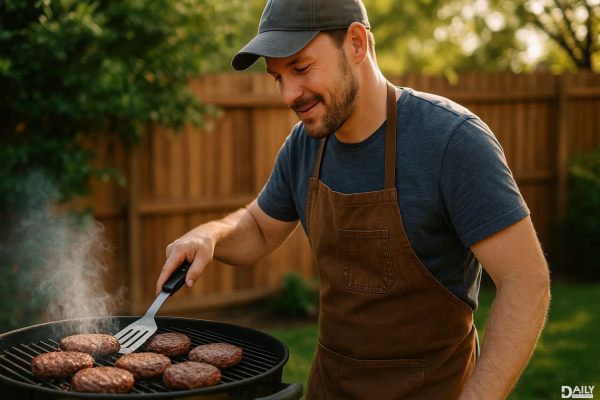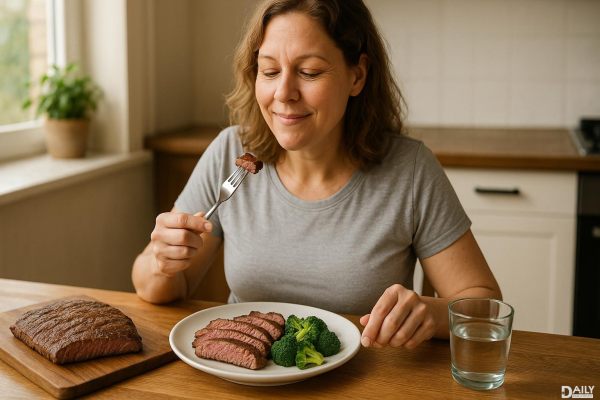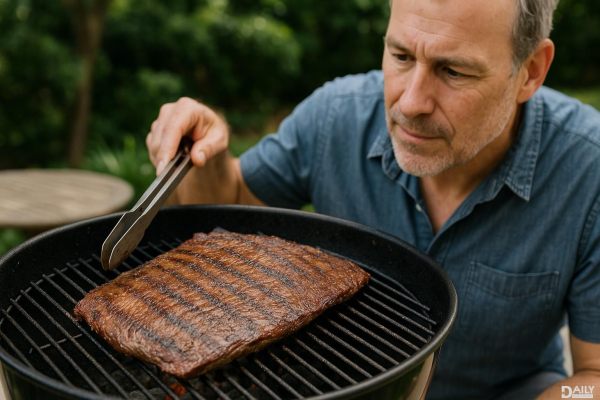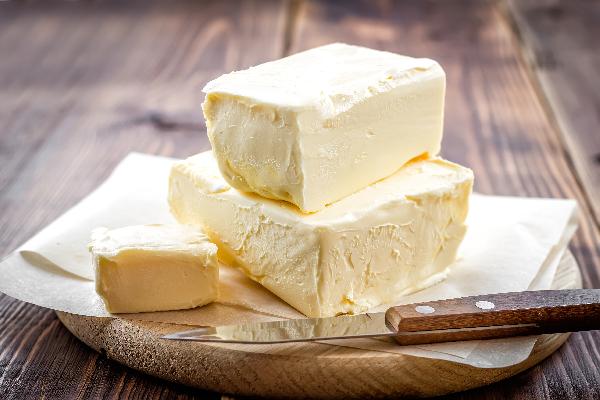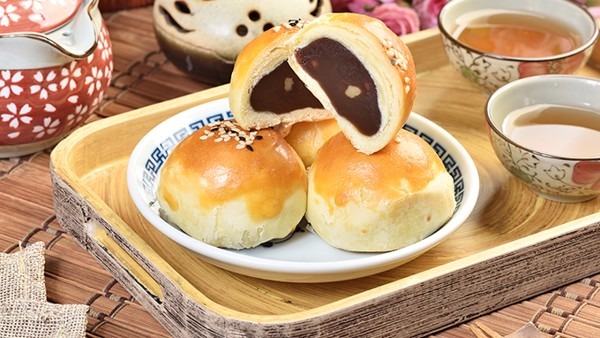Want to nail that perfect BBQ every single time? The secret lies in mastering your Traeger grill. Whether you’re a seasoned pitmaster or a newbie just getting your feet wet, Traeger grills make it easier than ever to achieve smoky, tender, and flavorful results. But let’s be real—grilling isn’t just about throwing meat on the grill and hoping for the best. It’s about understanding your equipment, knowing your cuts, and dialing in those techniques that turn good BBQ into legendary BBQ. So, grab your apron, fire up that Traeger, and let’s dive into the art of grilling like a pro.
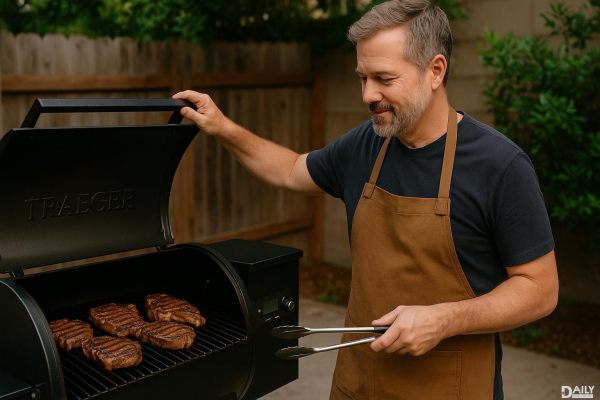
First things first, you’ve gotta get cozy with your Traeger. These pellet grills are like the Swiss Army knives of BBQ—versatile, reliable, and packed with features. But to truly master it, you need to understand how it works. Traeger grills use wood pellets for fuel, which not only provide heat but also infuse your food with that signature smoky flavor. The digital controller lets you set the exact temperature you want, so you can go low and slow for brisket or crank it up for a quick sear on steaks. Take some time to read the manual, experiment with different pellet flavors (hickory, mesquite, applewood—oh my!), and get a feel for how your Traeger performs in different conditions. Trust me, this foundational knowledge will pay off big time.
Great BBQ starts with great ingredients. When it comes to grilling, not all cuts are created equal. For low-and-slow cooking, go for tougher cuts like brisket, pork shoulder, or ribs—these benefit from the long cooking process, breaking down the connective tissue and turning into melt-in-your-mouth goodness. For quicker cooks, opt for steaks, chicken breasts, or seafood. Once you’ve got your cuts, don’t skimp on the prep. Season generously with a dry rub or marinade, and let the meat sit for at least an hour (or overnight if you’re feeling fancy) to soak up all that flavor. Pro tip: Pat your meat dry before it hits the grill to ensure a killer crust.
Here’s where the Traeger really shines. Unlike traditional grills, Traegers let you set and maintain precise temperatures, which is crucial for consistent results. For low-and-slow cooking, aim for 225°F to 250°F—this is the sweet spot for breaking down tough cuts without drying them out. For faster cooks, bump it up to 350°F or higher. But remember, grilling isn’t just about the heat; it’s also about timing. Use a meat thermometer to check for doneness, and don’t be afraid to let your meat rest after cooking. This allows the juices to redistribute, ensuring every bite is as juicy as the last.
One of the best things about a Traeger is the ability to play with different wood pellet flavors to customize your BBQ. Hickory and mesquite are bold and smoky, perfect for beef and pork. Fruitwoods like apple and cherry are milder and slightly sweet, ideal for poultry and fish. Don’t be afraid to mix and match pellets to create your own signature flavor profile. And while we’re talking flavor, don’t forget about sauces and glazes. Brush them on during the last 15-20 minutes of cooking to avoid burning and add a sticky, caramelized finish that’ll have your guests begging for the recipe.
Alright, let’s talk about the not-so-glamorous side of grilling: maintenance. Keeping your Traeger clean is essential for consistent performance and longevity. After each use, scrape the grates, empty the ash from the fire pot, and give the interior a quick wipe-down. Every few cooks, do a deeper clean, including vacuuming out the pellet dust and checking the grease tray. And don’t forget to inspect your pellets—moisture is the enemy, so store them in a cool, dry place. A well-maintained Traeger is a happy Traeger, and a happy Traeger means better BBQ.
So there you have it—your ultimate guide to mastering grilling on your Traeger. With a little practice, patience, and a whole lot of flavor, you’ll be turning out BBQ that’s the envy of the neighborhood. Now, go fire up that grill and get cooking. Your taste buds (and your friends) will thank you.
